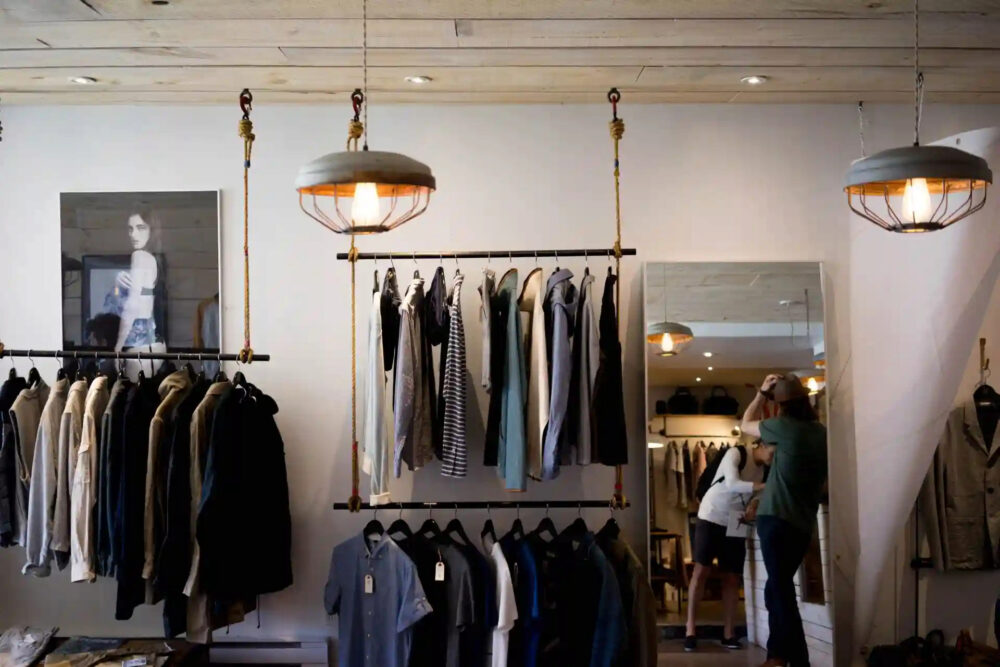Fashion is a fascinating reflection of culture, society, and individual expression. Throughout the decades, trends have evolved and transformed, influenced by historical events, technological advancements, and shifting societal norms. Join us on a journey through style history as we explore the iconic fashion trends that have defined each decade.
The Roaring Twenties: Jazz Age Glamour
The 1920s, also known as the Roaring Twenties, was a time of liberation and excess following the end of World War I. Women embraced newfound freedoms, abandoning restrictive corsets in favor of loose, drop-waist dresses that allowed for greater movement. The iconic flapper style emerged, characterized by its fringed hemlines, beaded embellishments, and bold accessories such as cloche hats and long strands of pearls. Men embraced tailored suits with wide-legged trousers and fedora hats, exuding an air of sophistication and elegance.
The Fabulous Fifties: Post-War Elegance
The 1950s ushered in an era of post-war prosperity and optimism, reflected in the fashion of the time. Women embraced feminine silhouettes with full skirts, cinched waists, and sweetheart necklines, epitomized by the iconic Dior New Look. Pastel colors, floral prints, and polka dots were popular choices, evoking a sense of youthful innocence and charm. Men’s fashion saw a return to traditional tailoring, with sharp suits, narrow ties, and polished leather shoes becoming the epitome of masculine style.
The Swinging Sixties: Youthful Rebellion
The 1960s was a decade of radical change and social upheaval, reflected in the fashion revolution that swept the globe. The youthquake movement brought about a shift towards bold, unconventional styles, with mini skirts, geometric patterns, and psychedelic prints dominating the fashion scene. Icons like Twiggy and Brigitte Bardot popularized the mod look, characterized by sleek, minimalist designs and exaggerated proportions. Men’s fashion embraced a more casual aesthetic, with slim-fit trousers, turtleneck sweaters, and Nehru jackets becoming emblematic of the era’s rebellious spirit.
The Disco Seventies: Glitter and Glamour
The 1970s was a decade of disco fever and self-expression, characterized by flamboyant fashion and extravagant style. Women embraced the disco craze with sequined mini dresses, platform shoes, and shimmering metallic fabrics that captured the essence of Studio 54 glamour. Bohemian chic also flourished, with flowing maxi dresses, fringe vests, and patchwork denim embodying the free-spirited vibe of the era. Men’s fashion embraced bold colors and daring silhouettes, with wide-collar shirts, bell-bottom trousers, and flashy accessories like aviator sunglasses and gold chains taking center stage.
The Preppy Eighties: Power Dressing and Excess
The 1980s was a decade of power dressing and excess, fueled by the rise of corporate culture and celebrity influence. Women embraced strong shoulders, bold prints, and statement-making accessories, epitomized by the iconic looks of Princess Diana and Madonna. The power suit became a symbol of female empowerment, with sharp tailoring, oversized blazers, and high-waisted trousers exuding confidence and authority. Men’s fashion embraced a preppy aesthetic, with polo shirts, chino trousers, and boat shoes becoming wardrobe staples for the upwardly mobile professional.
The Grunge Nineties: Anti-Fashion and Individuality
The 1990s saw a backlash against the excesses of the previous decade, with grunge fashion emerging as a symbol of anti-establishment rebellion and individuality. Women embraced a laid-back, DIY aesthetic, with flannel shirts, ripped jeans, and combat boots becoming the uniform of the alternative scene. Slip dresses and oversized sweaters added a touch of femininity to the grunge look, while chokers and Doc Martens completed the edgy ensemble. Men’s fashion embraced a similar ethos, with plaid shirts, baggy jeans, and beanies becoming synonymous with the grunge lifestyle.
The New Millennium: Fashion in the Digital Age
As we entered the new millennium, fashion became increasingly influenced by technology, globalization, and the rise of social media. Streetwear culture emerged as a dominant force, with brands like Supreme and Off-White blurring the lines between high fashion and urban style. Athleisure also gained popularity, with activewear brands like Nike and Adidas becoming everyday staples for fashion-conscious consumers. Sustainability and ethical fashion practices gained traction, as consumers became more aware of the environmental and social impact of the fashion industry.
Conclusion: A Tapestry of Timeless Trends
Fashion is a dynamic and ever-evolving art form that reflects the spirit of the times. From the flapper dresses of the 1920s to the grunge aesthetic of the 1990s, each decade has brought its own unique trends and influences to the world of style. As we look to the future, it’s clear that fashion will continue to evolve and adapt, reflecting the changing tastes and values of society. Whether it’s embracing vintage-inspired looks or pushing the boundaries of innovation, one thing is certain: the journey through style history is far from over.
Keywords: fashion trends, decades, style history, Roaring Twenties, Fabulous Fifties, Swinging Sixties, Disco Seventies, Preppy Eighties, Grunge Nineties, New Millennium, fashion evolution, cultural influences
Thank you for joining us on this journey through the decades of fashion trends. Which decade’s style speaks to you the most? Share your thoughts in the comments below!
